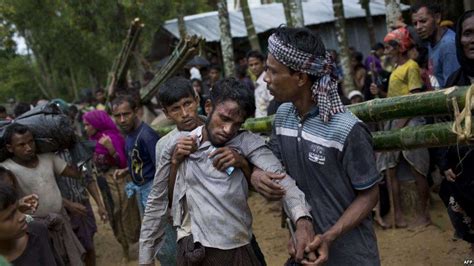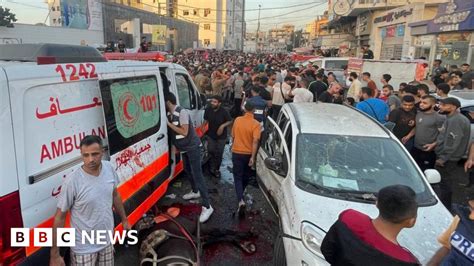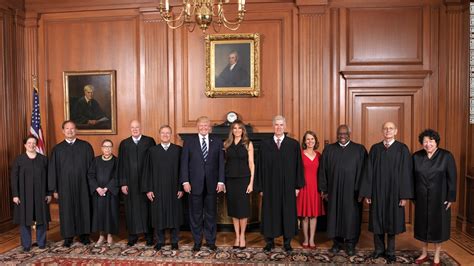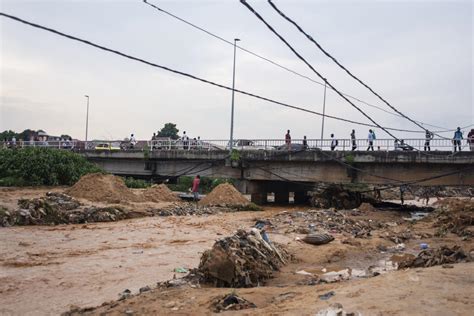Despite the announcement of temporary ceasefires to aid earthquake relief efforts, Myanmar continues to grapple with ongoing fighting. The situation remains tense as both the military junta and rebel groups navigate a fragile alliance in the aftermath of recent seismic events.
Fighting Amidst Ceasefires
Reports indicate that clashes have persisted even after both parties declared a temporary halt to hostilities. The UN Human Rights office received information confirming at least 14 military attacks following the ceasefire agreements. Allegations have surfaced with the military accusing rebel groups within the alliance of instigating violence, while one group cited defensive actions against military offensives.
Expert Analysis:
According to regional conflict analyst Dr. Samantha Lee, “Ceasefires in conflict zones are often challenging to maintain, especially in environments where deep-rooted tensions exist. It’s crucial for all parties involved to prioritize humanitarian efforts over political gains during such critical periods.”
UN Calls for Action
UN High Commissioner for Human Rights, Volker Türk, has urged a cessation of all military operations to focus on providing assistance to those affected by the recent earthquake. The 7.7 magnitude quake that struck on March 28 has further strained resources and heightened vulnerabilities across Myanmar.
Insightful Perspective:
Dr. Rajesh Gupta, a disaster management expert, emphasized, “In times of crisis, it is imperative for conflicting factions to set aside differences and collaborate in providing essential aid and support to impacted communities. Unity in adversity can pave the way for long-term peace-building efforts.”
Challenges in Relief Efforts
The aftermath of the earthquake has left a trail of destruction, with significant casualties reported across various regions. Rescue teams continue their arduous task of retrieving bodies from collapsed buildings amidst unfavorable weather conditions that could impede relief operations.
Personal Account:
Aid worker Mia Thompson shared her experience working on-ground post-earthquake: “The scenes of devastation are heart-wrenching; families displaced, infrastructure destroyed – it’s a race against time to deliver life-saving assistance amidst logistical challenges.”
Crisis Multiplier
The earthquake compounded an already precarious situation as Myanmar grapples with internal strife and existing humanitarian crises affecting millions even before the natural disaster struck. The convergence of conflicts exacerbates challenges faced by vulnerable populations seeking stability and support.
In-depth Analysis:
Professor David Chen highlighted this troubling trend saying, “The compounding effects of multiple crises create a complex web that demands comprehensive intervention strategies encompassing not just immediate relief but also sustainable recovery plans tailored to address systemic vulnerabilities.”
As Myanmar navigates through these turbulent times marked by simultaneous battles on different fronts – natural disasters, armed conflicts, and humanitarian emergencies – fostering unity and prioritizing collective well-being emerge as vital steps towards building resilience and hope amid adversity.








Leave feedback about this